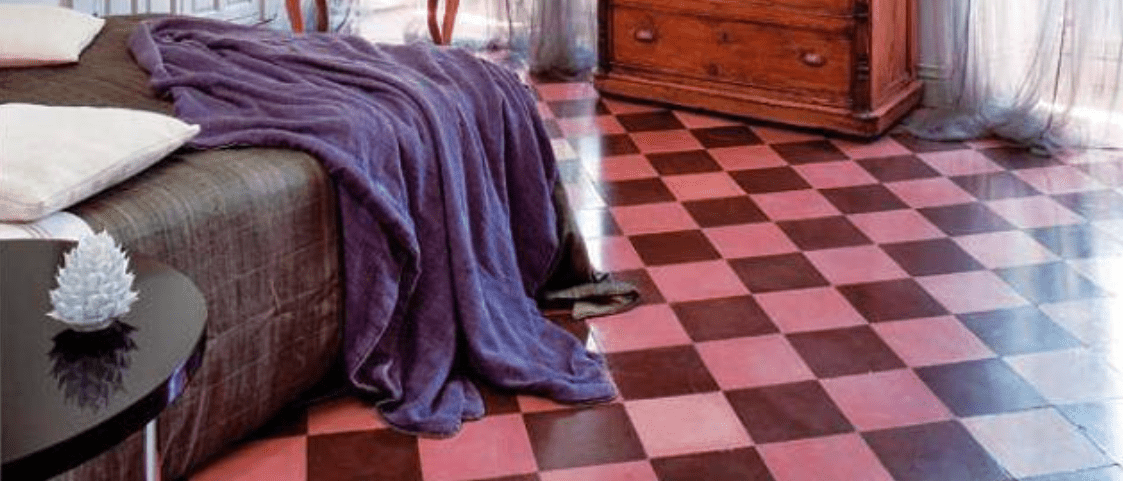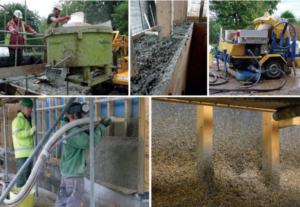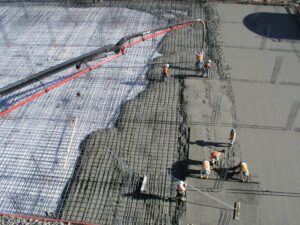Restoring a tile floor

Restoring a tile floor: Like furniture and other elements, floors can also be restored, and not in any way, but with the delicacy and patience with which a true work of art would be restored. In the case of tile floors, they can be completely renovated while keeping the original pieces, yes, it takes your work and dedication.

A tile floor suffers, like other coatings, the wear of time, loss of color, but in particular, it is particularly affected by oil stains, old waxes, rust, or burns due to cleaning with strippers or etching. In addition, they are prone to possible chipping, even breakage, not forgetting scratches.
Reform a ceramic tile
Depending on the state of the floor, the restoration task will be more or less laborious, in the case of a loose or broken tile, we only have to replace it with an identical one, if they sell them or keep them from those that were left over after the work or reform. But if the damage or deterioration in general, for example, if it is an old house that we want to reform but we would like to keep that original floor, we will have to restore all the ceramic pieces.

This task can be done on the ground or, with greater dedication and effort, removing each tile one by one for restoration, then putting them back in place.
If we work on the ground, the first thing we will have to do is remove, with the help of a chisel, the broken or chipped pieces. If we do not want to replace them because it is difficult to find an equal part, we can try to repair them with putty, sanding, and paint. We have already taught you how to restore ceramic pieces, these steps can be applied here.

Once the damaged piece has been restored, it is put back in place with cement or mortar, cleaning the excess product with newspaper. When all the laid tiles have dried, the rest of the pavement is restored.
The most used technique is polishing. The floor is polished using drag plates provided with segments of different grain, according to the wear of the different zones.

When the floor is polished, diluted aluminum fluorosilicate or resin is applied, the latter easier to apply and obtain. These products are applied to give it a satin or glossy finish, achieving a soft, more resistant touch and enhancing the colors.
Afterward, a glaze can be applied to give the chosen shine. When the floor is dry and clean of the remains of the previous products, waterproofing is applied to ensure its protection.
If you want to give a new color to the floor, you will have to paint it with the appropriate paints, always before applying the shine and waterproofing products. Before painting, a synthetic sealer is applied so that it grips the paint well, although after polishing, it tends to grip better. The ideal paints for tiles are the epoxy type.
You can use a foam roller or wide brush for your application, depending on the time and dedication you want to dedicate to the task.
In jobs where restoration is carried out with great care, the tiles are removed one by one and subjected to this process independently with great dedication. This is how chips are fixed, polished, painted, and protected one by one and then replaced, covering a floor that is completely and perfectly restored, like new, but maintaining its history and origin.




